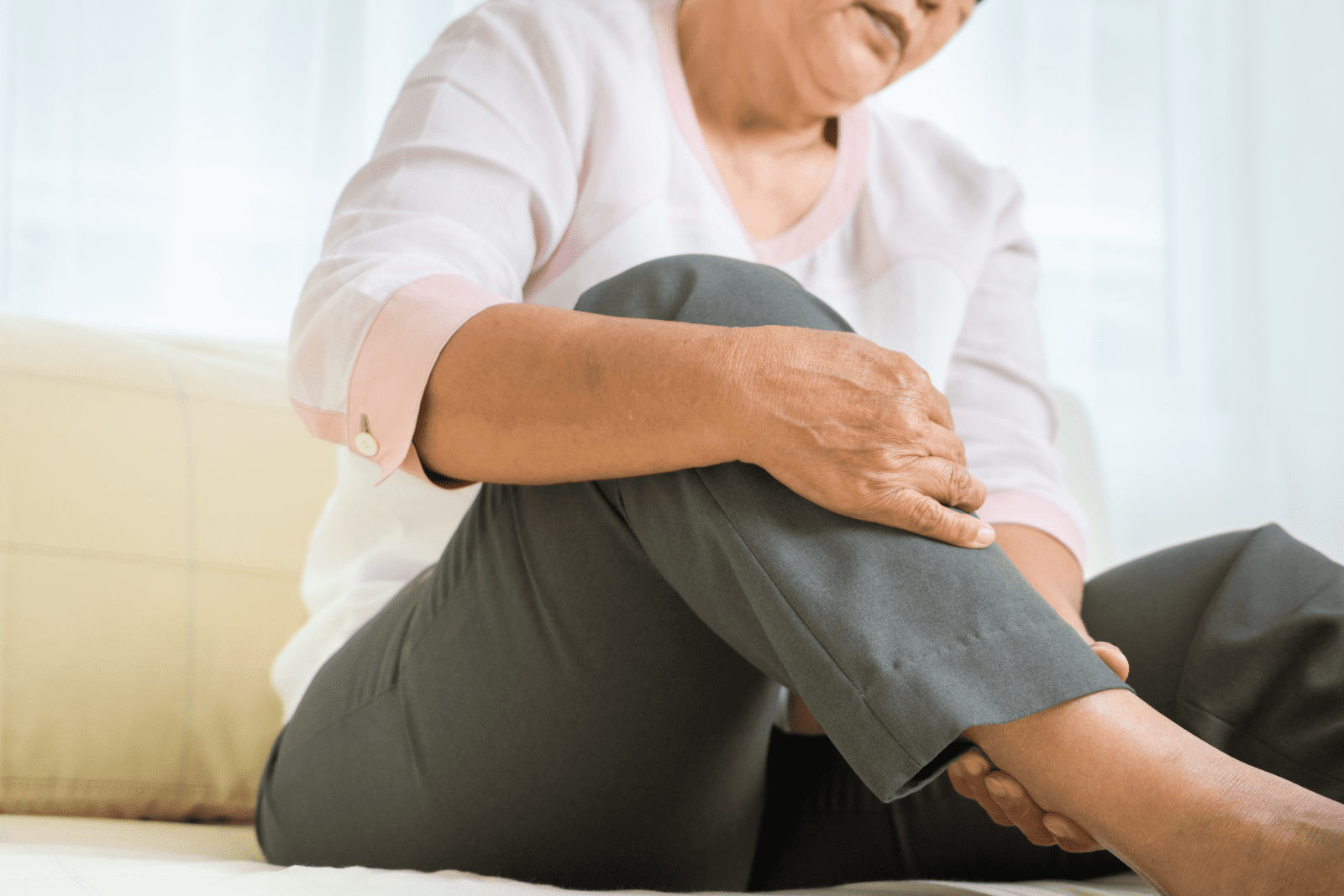
If you have been struggling with dull, aching, or cramping pain in your legs, especially pain that seems to get worse with physical exertion, you may be suffering from peripheral artery disease, also known as PAD. Peripheral artery disease is a condition that can decrease your quality of life. Luckily, many treatments for peripheral artery disease can help you start feeling better.
At the Center for Vascular Care at HCA, vascular experts are committed to helping you every step of the way with a peripheral artery disease diagnosis and treatment plan. Here’s everything you need to know about peripheral artery disease, including PAD symptoms and PAD treatment.
What Is Peripheral Artery Disease?
Peripheral artery disease is a condition that affects the way that blood flows to your limbs or the peripheral areas of your body. The vessels that carry oxygenated blood and nutrients to your limbs are called arteries. When your arteries are diseased, they are not as efficient at delivering blood, and this can cause the symptoms of peripheral artery disease.
What Causes PAD?
One of the most common causes of PAD is a condition known as atherosclerosis, which is when plaque deposits cause hardening and narrowing of your arteries. Atherosclerosis can be caused by elevated levels of cholesterol in the blood, which can stem from an unhealthy diet. It can also be caused by smoking. Other causes include conditions such as Buerger’s disease or inflammation of the blood vessels known as vasculitis.
Who Is at Risk of PAD?
Your risk of PAD is higher if the following factors are present in your life:
- You smoke cigarettes.
- You have diabetes.
- You have high cholesterol.
- You have hypertension.
- You have coronary artery disease (CAD).
- You have obesity.
- You live a sedentary lifestyle.
Your risk of PAD is also elevated if you have a family member with PAD.
Signs and Symptoms of PAD
Sometimes, the symptoms of PAD come on gradually. You may start to notice pain in your legs with physical activity, and you may just dismiss these as regular aches and pains. However, PAD symptoms also include sensation changes in your legs (such as tingling, numbness, or decreased ability to tell the difference between temperatures), color changes on the skin of your legs (turning blue), or hair loss of your legs (causing shiny skin). You may also notice that wounds on your legs do not heal well, and you may have non-healing ulcers, which can be dangerous.
How Is PAD Diagnosed?
Vascular experts may suspect you have PAD based on your history of symptoms and a physical exam. They can diagnose PAD with tools such as an Ankle-Brachial Index (ABI) or ultrasound. It is important to diagnose PAD and begin treatment because, if PAD is not treated, it can progress to a condition known as gangrene, which is when blood flow in one of your vessels stops entirely. This can require amputation, and it can even be fatal.
How Is PAD Treated?
Many treatment methods can help decrease your symptoms of PAD. These include lifestyle changes like smoking cessation, weight loss, and dietary modification. Certain medications can help promote blood flow to your peripheral arteries. If your PAD is advanced or it is not responding to these changes, other treatments such as thrombolytic therapy, endovascular balloon angioplasty, or bypass surgery can help as well.
Learning More About Peripheral Artery Disease
At the Center for Vascular Care at HCA, our vascular team is well-equipped with the resources and support that you need to take control of your vascular health. Contact us today to make an appointment to discuss your treatment options and personalized diagnosis with one of our specialists.
